The Dissolved oxygen is the actual amount of free oxygen dissolved in water to support aquatic organisms in water streams, measured in milligrams per litre or ppm. DO is a key component of water, which plays an important role in the quality of water. Usually obtained from aquatic plants, atmosphere, and through waves. In water, at some particular conditions due to biological process there arise demands for oxygen: Biological Oxygen Demand and Chemical Oxygen Demand.
1.The Stagnant water which does not move contains low Dissolved Oxygen.
Stagnant water is comprised of considerably less dissolved oxygen because it undergoes less internal mixing as the upper layer of the surface contains oxygen-rich water that stays at the surface, which results in lower dissolved oxygen levels below the surface in ponds, lakes, etc,
2. Running water contains high Dissolved Oxygen rather than stagnant water.
Running water contains a high concentration of oxygen because it involves the rapid movement of water molecules and internal mixing which enables to diffuse more oxygen into the water. This typically occurs in rivers and mountain streams.
3. The cooler water contains high Dissolved Oxygen.
The water molecules in the cold water hold tightly so that dissolved oxygen cannot escape from the water, thus cold water absorbs more dissolved oxygen.
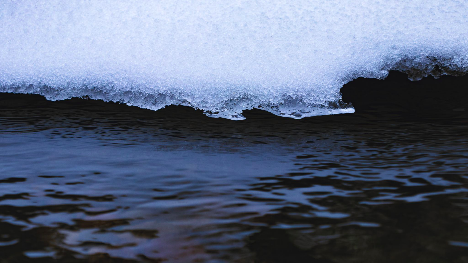
4.The warmer the water low will be Dissolved Oxygen.
In warm water, the water molecules tend to move faster which lets dissolved oxygen escape from the water. In this situation aquatic animals and fishes need to swim near the water surface which is warmer during summer for oxygen supply, the high temperature around the water surface affects the aquatic organisms.
5. Taste of the water depends on the concentration of dissolved oxygen present.
Water with a high concentration of dissolved oxygen is good for drinking and tastes better due to carbonation and acidity
6.Freshwater contains more dissolved oxygen rather than saltwater.
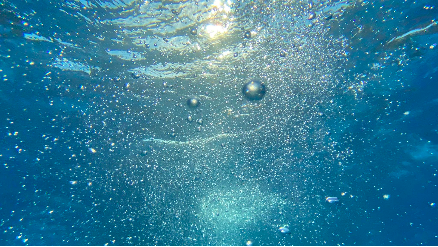
Dissolved Oxygen is present abundantly in freshwater as salinity plays an important role in determining the amount of oxygen water bodies can hold. Saltwater will contain less dissolved oxygen rather than freshwater.
7. Dissolved oxygen has different sources of origin.
Oxygen diffuses into the water body through different methods such as oxygen diffusion from the atmosphere, waves that cause rapid movement of water diffuse more oxygen into the water, and through photosynthesis performed by the aquatic plants and green algae.
8. Winds with high intensity promote the concentration of dissolved oxygen.
High-speed winds generate waves along the surface of the water, the bombardment of the water surface, and the air molecules diffuse more oxygen into the water. Thus higher wind flow improves the Dissolved Oxygen in the water.
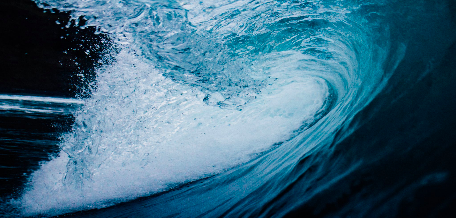
9. High air pressure influences the dissolved oxygen level.
Air pressure plays an important role in diffusing oxygen into the water surface, when there exists high air pressure in the surrounding water body causes an increasing amount of dissolved oxygen into the water body. Conditions.
10. Low dissolved oxygen causes hypoxia and anoxia in water.
Hypoxia is a condition that occurs when the amount of dissolved oxygen in the water gets depleted less than 2-3 milligrams of oxygen per liter of water and anoxia is when there is no oxygen in water, this occurs because large amounts of minerals in the water promote algae growth when it dies bacteria consume oxygen to decompose organic matters. The hypoxia causes the death of fish and other aquatic organisms.
11. Higher dissolved oxygen rates save the Aquatic ecosystem.
In order to maintain aquatic life, the Dissolved Oxygen should be maintained high to support fishes and other aquatic organisms. Thus depletion of oxygen can cause death to aquatic organisms.
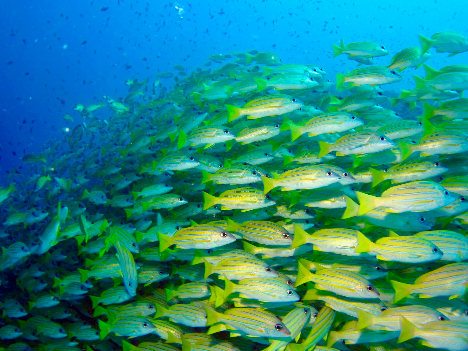
Conclusion
BOD and COD are the two main water quality attribute that depends on dissolved oxygen have a huge impact on water quality, it is important to monitor BOD and COD to measure the quality of water, RLT provides accurate high-tech BOD COD Analyser with extended service and support all over India.
Hope you find this blog useful and informative. Let me know what you think in the comment section below
“Get in touch with us today to learn more about our products and services”. Let’s help you prevent pollution & add value to global sustainability!.
FAQs
1.What is Dissolved Oxygen?
The dissolved oxygen is the actual amount of free oxygen dissolved in water to support aquatic organisms in water streams, measured in milligrams per liter or ppm
2.What is stagnant water?
It is the water body that doesn’t flow through the surface of the water.
3. Why does salt water contain less dissolved oxygen?
Salinity plays an important role in determining the amount of oxygen water bodies can hold thus it contains less dissolved oxygen rather than freshwater.
4. What is called Hypoxia and anoxia in water?
Hypoxia is a condition that occurs when the amount of dissolved oxygen in the water gets depleted less than 2-3 milligrams of oxygen per litre of water and anoxia is when there is no oxygen in water, this occurs because large amounts of minerals in the water promote algae growth when it dies bacteria consume oxygen to decompose organic matters.
5. Where does the Dissolved Oxygen come from?
Oxygen diffuses into the water body through different methods such as oxygen diffusion from the atmosphere, waves that cause rapid movement of water diffuse more oxygen into the water, and through photosynthesis performed by the aquatic plants and green algae.
6. How does dissolved oxygen influence the taste of water?
Water with a high concentration of dissolved oxygen is good for drinking and tastes better due to carbonation and acidity.
7. What is BOD?
It is the amount of oxygen consumed during the process of decomposition of organic matter by aerobic bacteria.
8.What is COD?
The COD is the amount of oxygen consumed to chemically oxidizing organic matter into inorganic products.

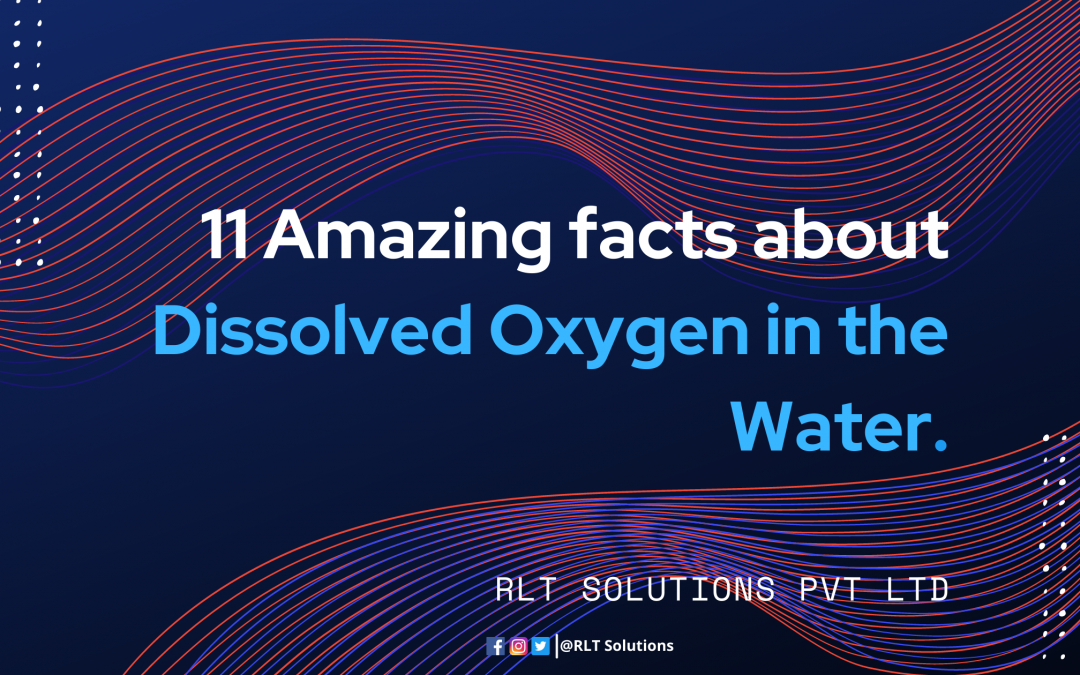

Each knowledge is business transaction or humanitarian? Our sages kept it free! To me Bharat had great influence of ore Buddha 23 Tirthankars jain which British colonial history captivated to Buddha only!
Lived in T. N at village water distribution project, learning how water scarece state deals with it like TWAD board etc. Thus such knowledge being from Tagore’s place with a Gandhian legacy from my arid Birbhum had such caring attitude for water bodies etc & rain water use including algeae in water ponds for fishes etc.
Bhaskar(May 18th ) Thanks for your interest in our blogs ! Compliance to PCB norms is mandatory to all those Co’s & Commercial Establishments which are adding to pollution while pursuing the nature of their Business or Services. The Solutions are simple ( though Analytical Solutions are Hi-Tech ,but easy to use ) .RLT also supports Operational Life Cycle of the Equipment . Do let us know if you have any requirements . Write to vanamali@rltinst.net or call 7305012431 . If you believe that these blogs are more for creating greater awareness of the environmental threats & solutions rather than direct business ,please do provide us with your email id & mob no. along with organizational details. R.Vanamali ,Director (Strategic Business Development)
Thank you for your talks, I shall let you know if things moves in such direction , my idea is villages water per head 45 ltr/day per men sourcing and planning including desilting vs flooding avoidance !
Great ! Let’s stay in touch.